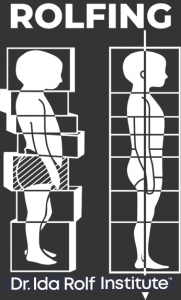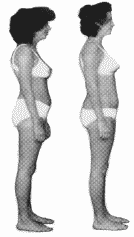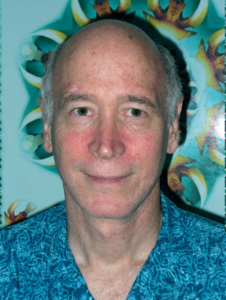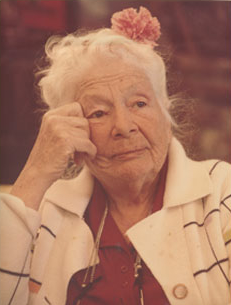ROLFING
Rolfing is the original system of structural integration. It addresses the pattern of the entire body in a ten-session series. We study a client’s body’s alignment in gravity. We watch how everything is related and moves; how ankles hinge and knees track; is the pelvis tilted and rotated, is the spine strong and flexible; how does the head sit on and be supported by the neck, torso and shoulders; etc. The Rolfer then uses sensitively applied firm pressure on the tough connective tissues (ligaments, tendons and fascia) to change the structure of the body in a way that all these patterns are improved. The client’s body then stands up straighter, has less stress and pain, is less prone to injuries, moves and breaths easier, sleeps better, etc. Every aspect of daily life benefits from these improvements in structure.
In order to better accomplish these positive goals you want a highly skilled practitioner; one with keen sensitivity to the texture of the various tissues so as to apply just the right amount of pressure. It also requires the practitioner to be able to see how the events of a person’s life has affected their body. These are keyinsights that Dr Ida Rolf had long before anyone else: How are all of these connective tissue patterns that shape our bodies being held by gravity’s ceaseless pull on us. These patterns, on the surface and deeper into the body, are surprisingly complex. Some of these are obvious and some are quite subtle.These skills of respectful touch and deep sight are sophisticated skills to truly master. Only those certified by the Rolf Institute can use the terms Rolfing and Rolfer. This is important to insure the highest standards of training.
IDA ROLF PHD and ROLFING
Dr Ida Rolf was a brilliant scientist and innovator. In 1920 she was the first woman to receive a Ph D from Columbia University. It was in physiological chemistry. She did early research in enzyme structures and actions at the Rockefeller Institute.
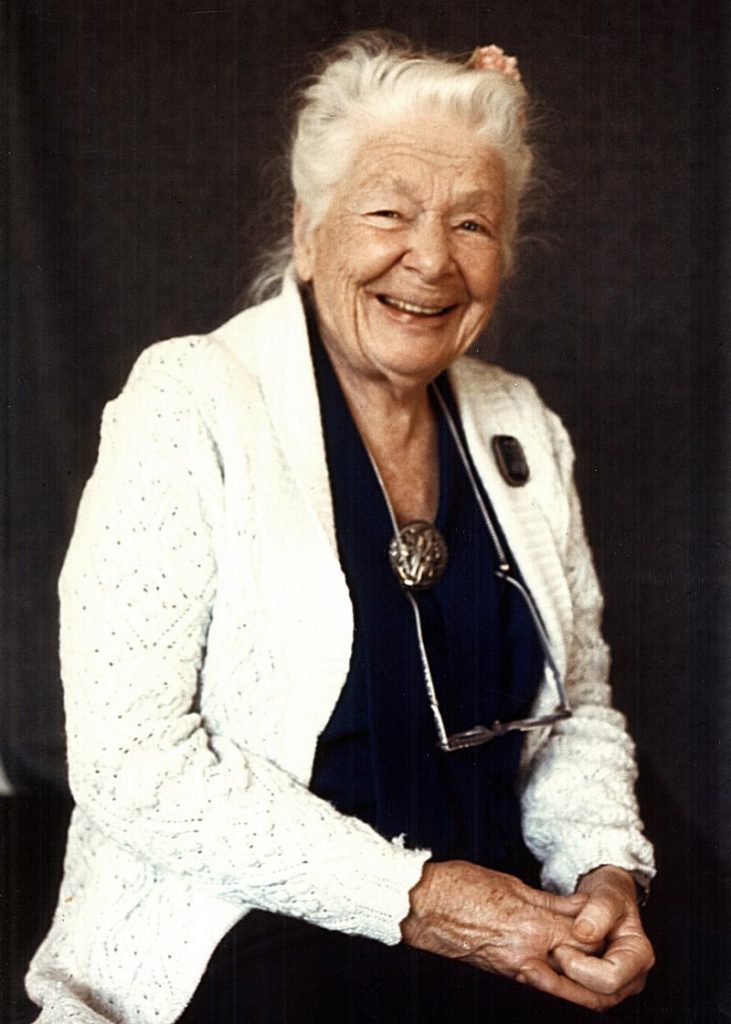
As a young adult Dr Rolf had a problem with persistent back pain that was resolved with osteopathic manipulations. This sparked her interest in structural medicine. Over several decades during which she traveled widely and investigated various forms of healing she realized that something very important, fundamentally important, was missing everywhere she looked. Her investigations gradually led to the development of mature Rolfing or Structural Integration as she preferred to call it, in the 1950s.
But it wasn’t until the 1960s and the Human Potential Movement, particularly in California at the Esalen Institute, that she found a cadre of talented people who were able to really appreciate what she had to offer and wanted to learn how to do it too.
The Connective Tissue
Dr Rolf realized that while medical experts primarily focused on the structure of the body in terms of bones and muscles that they were missing most of what the body was actually made of, the connective tissue, and that this is the primary organ of structure. Connective tissue includes ligaments, tendons, cartilage and lesser known, but most important because of how widespread, fascia. Together these are known as the extracellular matrix (ECM) and comprise about half the volume of the total body. This ECM is mostly fibrous gelatinous tissue that surrounds all the cells in layers within layers within layers from single cells to bundles of cells to bundles of bundles, around individual organs and muscles then around groups of muscles, etc.
How It Works
The ECM both holds our other body parts in place and also allows the parts to move past one another as we move. With the same bones one could stand with their knees turned more in or out, hips higher or lower, more forward or back. It’s the same with shoulders and everything else. All these patterns in their endless varieties are held in place by the ECM. This material is superficially like modeling clay in that if it is compressed or stretched beyond its normal range it holds those disorganized patterns in that place. For instance a sprained ankle that was rolled in doesn’t return to its normal shape and elasticity by itself. Also such an injury will effect the knee and pelvis as they adjust and compensate for the new pattern. Then as one limps, the fascial sheathing on the muscles of the other leg may stick together more to take up the extra load. These effects become permanent and cascade throughout the body as more and more minor and major incidents occur as we live our lives.
The collection of our muscles and all their ECM components is much more complex than most of us think about. Few people know much about their muscles beyond the large superficial ones that we work out in exercise. For example most people probably know about the pectoralis major muscles (pecs). But it turns out that the pec . minors are more important to the structure of our upper bodies. The pec. majors attach the chest to the arms. The pec. minors slide from the chest over the ribs and attach to a boney finger-like protuberance on the front of the shoulder blade. So if you have a shoulder that’s rolled forward the pec. minor will have more to do with that than the much larger pec. major. Another example: Between the shoulder blades next to the spine there are seven layers of muscles. Some are large, more are smaller; some are parallel, some crisscross; etc. There are many more such examples.
Rolfers see these connecting parts as concentric layers of sleeve and core each requiring their own specific approaches in their own logical order.
Gravity Dr Rolf’s other insight which is so simple yet profound when used correctly, is seeing how gravity is affecting each of our bodies. Gravity always causes our bodies to rotate and shorten. When you combine this with the individual peculiarities of each of our bodies and all the layers it gets very complicated. Rolfers spend many hours looking bodies with this in mind. The more one observes, the more it becomes apparent as to what any given person needs in order to look, feel and function better.
The Good News
Dr Rolf said that we remain embryos throughout our lives, meaning that our physical structures can change. That is because our ECM tissues are colloidal in nature which means that they go through phase changes. The texture of our connective tissue changes; think how the density of gelatin or taffy changes when heated or cooled. Of course our bodies don’t melt on hot days. Our ECM is made of tougher stuff. But appropriately guided pressure is a way to add energy into the matrix in order to return it to a healthy state.
This is the basic technique used by Rolfers.
How Does It Feel
Rolfing can sometimes, very briefly, be quite uncomfortable, even painful. Ouch! So why do people persist? It’s more than just think “no pain no gain.” It is the quality of those moments. Most physical pain we feel is the result of injury to the body. But discomfort during Rolfing is different because while at moments it may be intense as pressure is being applied, as soon as that pressure is released, any discomfort stops. This is because our tissue has not been harmed in any way. Rather residues of old traumas are leaving our bodies and good riddance!
Learn about the life changing “ten series Rolfing treatment” click here.
Learn about Rolphing therapy as practiced by Randy Mack click here.
